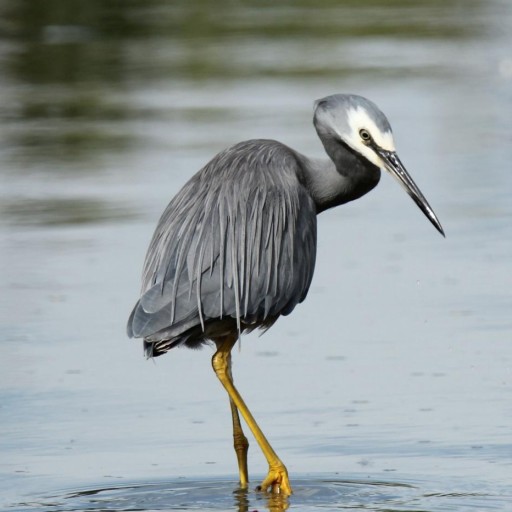Processing
eta: ~ seconds

This species is known by a number of names! Alternative names include:
Are you trying to classify plants?
We recommend taking close-up photographs of individual leaves, rather than images of the
whole plant - the model tends to perform better that way.
I am % certain this is a !
It is colloquially known as a .
The Ministry of Primary Industries (MPI) considers this to be an unwanted organism.
This means that the organism may be capable or potentially capable of causing unwanted harm
to natural and physical resources, or human health.
The full definition is provided in the
Biosecurity Act 1993.
There are multiple variants of this species, some of which are considered notifiable pests.
Unfortunately, the classifier cannot distinguish between these variants.
A notifiable organism could seriously harm New Zealand's primary production or our trade
and market access. If you suspect this is a notifiable variant, consider following the steps
outlined by the
Ministry of Primary Industries.
Warning! This appears to be a notifiable organism!
Notifiable organisms could seriously harm New Zealand's primary production or our trade and
market access.
If the model's assessment seems reasonable, we strongly recommend reporting
this organism by following the steps outlined by the Ministry of Primary Industries (MPI)
here.
Please note that if you spot a notifiable organism, you have a legal obligation to report it under the
Biosecurity Act 1993
(Section 44
and 46).


